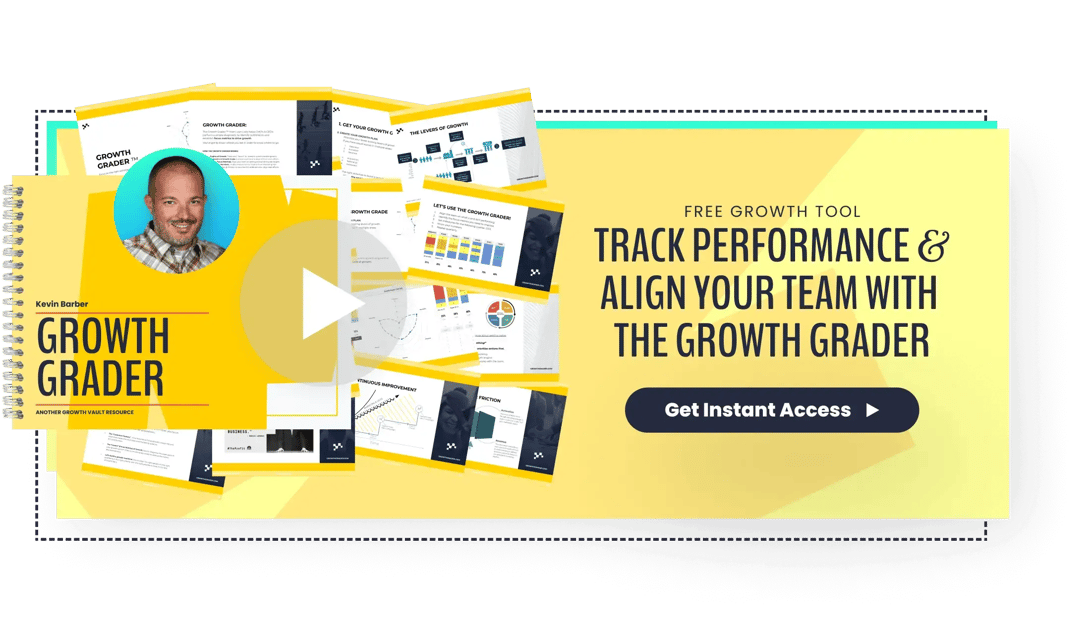
Customer-Centric Marketing Guide: Benefits, Strategies, & Steps
Too many companies spend their time promoting themselves.
That’s what they think marketing is - “here’s why we’re great and why we’re better than our competitors.” To a lot of brands, that’s stellar brand marketing. In reality, that’s a mentality that worked in the 1950’s but doesn’t hold water in the current market.
The truth is, your customers don’t care about your company or your product. They care about themselves. Consider Geico insurance. Yes, the gecko is cute, and the caveman was hilarious. The real reason Geico ads work is because every single potential customer wants to save money on their car insurance - and if it’s 10-15%, we’ll give it a shot!
Any brand that understands their customers, their pains and sorrows, and works to alleviate those pains and solve those problems will be the brand that succeeds in customer engagement and win in today’s competitive market.
Notice, none of those commercials talked about gigahertz, ram, or hard-drive RPMs. That’s what every PC magazine in the world was talking about. But, Apple’s advertising was talking about the things their customers wanted to do on their personal computers. And, since their product was truly great, the marketing worked like gangbusters.
Why Customer-Centric Marketing?
When Steve Jobs presented the first iPhone, he didn’t focus on the pixels in the screen, or the processor inside. He talked about having a thousand songs in your pocket, a personal assistant device with you all the time that was also an easy way to text and get phone calls.
The difference may be subtle to a marketer, but they are glaring in the subconscious of the target market.
Your marketing needs to be about what the customer wants.
Related Read: How To Create A Customer Segmentation Strategy
All and only about the customer.
Your content should be about the customer. Your website should be about the customer. Your social media posts should be about the customer. Your advertising should be about the customer.
Not you.
Four Tips for Developing Your Customer-Centric Marketing Strategy
1. Get to Know Your Customers
Customer-centric marketing is all about your customer, so you need to understand them. What causes them stress and pain at work? What do they worry about? And, how do they express these frustrations and worries? What problem drives them to Google, and what do they type to find a solution?
What can your brand do (with or without your product) to solve the problems your customers face? If you can do something to help them without selling to them, then do it. When I talk about helping, that’s exactly what I mean - you help them.
Take the time to get to know your customers. Find out where they hang out on the internet. Ask your current customers questions and listen to their needs and challenges. This information will be gold when crafting marketing and sales messaging.
2. Publish Valuable Content
When we say publish valuable content, that’s exactly what we mean—create and publish content that offers upfront value to your target customer.
Think of it this way: If you owned a hardware store and your best friend asked you to help them dig a ditch in their backyard, you probably wouldn’t lead with all the shovels they should buy from you. If you did that, you wouldn't have many friends.
Yet, that’s what a lot of brands do. Rather than helping their target customer, they pitch them. And, over time, their target audience tunes them out - “don’t go to Joe’s house, he’ll try to sell you a shovel!”
Brands need to lead with a genuine intention to help. Use the research you did in step one to discover what your target customers care about and what they need. Then, craft content that answers their burning questions.
When they’re ready to buy, they’ll remember how helpful you’ve been and, hopefully, that will translate to a sale.
3. Create a High-Value Website
Your website can be attractive, flashy, and modern, but if it's not offering value to visitors, it’s not likely to convert many leads.
High-value websites focus on the customer. Rather than structuring the navigation and site pages around what your brand is, means, and needs, you should structure your site around what your target customer wants.
Related Read: Six Best Tools for Creating Websites That Convert
What questions or challenges might bring a potential customer to your website? How can you demonstrate your ability to answer those questions clearly, concisely, and in a human, helpful way?
When you design your site to answer these questions, you create a digital environment that helps your target audience feel seen, understood, and comfortable.
4. Collect Feedback and Iterate
Your job isn’t done after hitting “publish” on blog content or after launching your new website or a marketing campaign. On the contrary—this is only the beginning!
Iteration is the key to any successful marketing approach.
Related Read: SaaS Go-to-Market Strategy: 6 Step Guide
After you’ve done your research, you can craft messaging you think will resonate with your customers, but you might find that you’ve missed the mark. Consistently gather feedback from your customers and make changes to your messaging as needed.
Getting Started with Customer-Centric Marketing
These four tips should give you the starting point you need to kick off your first customer-centric marketing campaign. With these tips in mind, you can enjoy the benefits of customer-centric marketing, including increased trust, stronger customer relationships, and more.
It can be challenging to differentiate yourself from the competition in today’s crowded market. If everyone else is shouting “Me, me, me!” and your brand is the one saying, “I’m focused on you,” that can make the difference between standing out and getting lost in the crowd.
However, the tips in this post are only the beginning. If you want to grow your business without getting burned, you need a playbook for reliable, scalable growth.
Our free Growth Playbook can help you learn how to budget for growth, align your team, and optimize your marketing efforts and campaigns to help you grow your business and reach more customers. Check out the playbook today to take your customer-centric marketing efforts to the next level.





